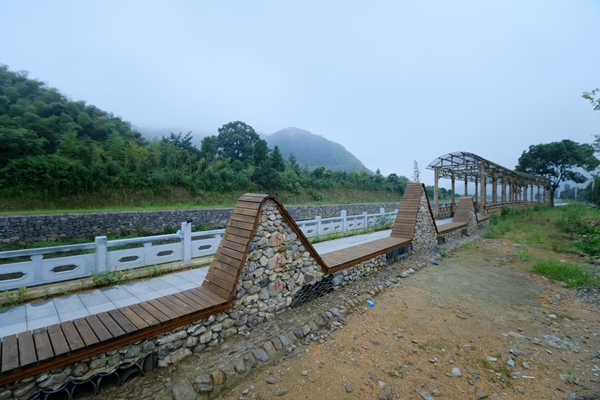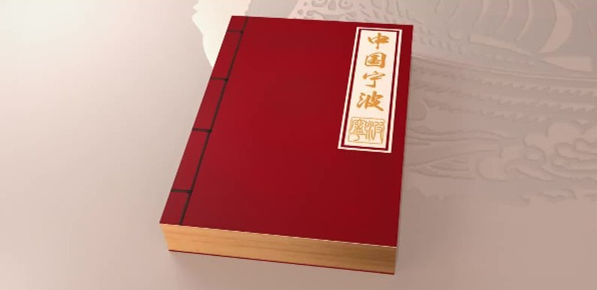Rural landscape gets 'face-lift'

Rocks, tree branches and flower pots are turned into decorations adorning every corner of the village.[Photo by Xiao Da/China Daily]
Farmers work with a visiting art teacher to beautify their village, Ma Zhenhuan reports in Ninghai, Zhejiang province.
Gejia village in Ninghai county, East China's Zhejiang province, got a facelift after colors were added to houses there. Culture has played an important role in the country's rural-revitalization program.
President Xi Jinping said in a report to the 19th Communist Party of China National Congress: "We must develop a socialist culture with Chinese characteristics, inspire the cultural creativity of our whole nation and develop a great socialist culture in China."
Gejia, located in the northern part of the county in the coastal city of Ningbo, was a village with moderate development earlier. The majority of some 600 households made a living by farming. The idea that farmers could create art to improve the environment or make a living did not exist.
"The world of art and design was so up high and we couldn't imagine that one day, we farmers could reach it," says Ge Menghui, a 58-year-old villager.
Things changed after a visit to the village by Cong Zhiqiang, an associate art professor at Renmin University of China in Beijing, last April. He was looking to put his theory into practice and demonstrate it to his students, and Gejia came into his view for its "ordinariness".
Cong, who has worked on art and design for more than two decades, has been focusing on the role of ordinary people in renovating rural surroundings with art.
"In the industrial age, design was mainly used to create things. But today, I think design can also be applied to reshape farmers' way of life, the way they respond to their surroundings and the outside world. It empowers them when seeking changes in social relations," he says.
"I have learned of cases in Europe, Japan and South Korea where rural residents were involved in changes in their surroundings, and the changes were made more easily and effectively."
Cong received a warm response from local officials in Ninghai, who have actively supported him in turning the concept into reality.
"Once the theory proves effective here, it can be duplicated in many other Chinese villages," he says.
At first, Cong tried lecturing villagers about art design, but failed to generate any enthusiasm.
"They thought I was insane when I proposed that they make art themselves. Some of them said I was a fraud," Cong says.
He won the trust of the people by doing something for them first. After observing residents' activities for several days, he settled on making a bench using wood and rocks in an open area. It allowed residents to rest and chat. It soon ignited a desire for a better local living environment.
So far, more than 150 residents of Gejia have taken part in the art project, looking for places that need improving and thinking about the best approach. Cong and his students offer suggestions and advice.



 Print
Print Mail
Mail
